
-
Piperonyl-butoxide CAS NO.51-03-6
Product details Piperonyl-butoxide CAS NO.51-03-6 Chemical Name: 3,4-methylenedioxy-6-propyibenzyl-n-buty diethyleneglycolether Appearance: cololess to light yellow oil liquid Formula: C19H30O5 Molecular Weight: 338.43 Boiling Point:180℃/133.3PaTags : Manufacture of Piperonyl-butoxide Piperonyl-butoxide supplier Piperonyl-butoxide raw material Wholesale of Piperonyl-butoxide Piperonyl-butoxide liquid Hot sale Piperonyl-butoxide
-
Natamycin CAS:7681-93-8
Food additives Preservative Natamycin Natamycin CAS:7681-93-8 is almost odorless white to creamy yellow crystalline powder, the crystalline form of natamycin is very stable. Very low solubility in water and most organic solvents. At room temperature, 1 liter of pure water is soluble about 50mg, which is a low solubility ideal for surface treatment of food. When the pH is below 3 or above 9, the solubility of natamycin is greatly improved, but its stability is also decreased. Natamycin has a slightly higher solubility in some organic solvents, such as n-butanol, propylene glycol, etc., but it is necessary to consider whether these solvents can be used in the food produced. Specification: Natamycin pharma grade Natamycin Feed grade Natamycin Food grade * Please refer to Certificate of Analysis for lot specific data. Application: 1) Natamycin is widely used in cheese, meat products, pastries, fruit juices and other foods around the world. The product is refined from Streptomyces natalensis by deep fermentation and multi-step extraction process. The preparation is a mixture of 50% natamycin and 50% lactose. 2) Natamycin is anti-mildew agent. It has good anti-mildew effect when it is used on the surface of food exposed to air where mildew is easy to prolifze. The use of fermented cheese can selectively inhibit the reproduction of mold and allow the normal growth and metabolism of bacteria.The product should be stored in a well sealed, no direct sunlight, < 15℃. 3) Natamycin is An antifungal polyene antibiotic that inhibits fungal growth by specifically binding to ergosterol. Unlike nystatin and Philippinomycin, natamycin does not alter membrane permeability. Packing: 25kg/drumTags : Natamycin Natamycin Factory CAS:7681-93-8 Pimaricin fungistat food preservatives
-
Nisin CAS:1414-45-5
Food additives Preservative Nisin Nisin CAS:1414-45-5 is white crystalline particle or crystalline powder, with slightly propionic acid odor. Stable to heat and light, easily soluble in water. Calcium acetate can be used in bread, cookie, cheese and other foods as preservative, as antiseptic in feed industry, and mineral additive. It can also used in pharma and feed industry. Specification: Nisin pharma grade Nisin Industrial grade Nisin Food grade * Please refer to Certificate of Analysis for lot specific data. Application: 1) Nisin is used in meat products, dairy products, canned products, seafood, beverage, fruit juice beverage, liquid egg and egg products, condiments, brewing technology, baked goods, convenience food, aromatic spices, cosmetics and other fields. 2) Nisin is a Adding into food can greatly reduce the sterilization temperature of food, shorten the sterilization time of food, so that the food can maintain the original nutritional composition, flavor, color 3) Nisin is in dairy products, meat products, fruit drinks, vegetable protein drinks, beer and other widely used. Lactostreptosin has been used in the following aspects: A. In dairy products, such as cheese, sterilized milk and flavored milk, the dosage is 1-10mg/kg. B. Used for canned food, such as pineapple, cherry, apple, peach, green bean canned and tomato sauce, the dosage is 2-2.5mg/kg. C. For cooked food, such as pudding 4) Nisin is a narrow-spectrum antimicrobial agent that only kills and inhibits gram-positive bacteria, not yeasts, Gram-negative bacteria, and molds. Our country specifies that can be used for meat products and dairy products, the maximum dosage is 0.5g/kg; Maximum use 0.2g/kg in vegetable protein drinks and cans. Packing: 25kg/bagTags : Nisin CAS:1414-45-5 Nisin factor nisin from streptococcus lactis EINECS: 215-807-5
-
Tebufenozide CAS NO.112410-23-8
Product details Tebufenozide CAS NO.112410-23-8 Chemical Name: N-tert-butyl-N'-(4-ethylbenzoyl)-3,5-dimethylbenzohydrazide Appearance: Off-white powder Formula: C22H28Cl2N2O2 Molecular Weight: 352.5 Vapour Pressure:1.56*10-4m Pa Melting Point:191 ℃Tags : Tebufenozide powder Tebufenozide CAS NO.112410-23-8 Tebufenozide supplier Wholesale Tebufenozide Manufacture of Tebufenozide Tebufenozide 25kg/drum
-
Alpha-cypermethrin CAS No.:67375-30-8
Product details Alpha-cypermethrin Chemical Name: racemate comprising(R)-a-cyano-3-phenoxybenzyl(1S,3S)-3-(2,2- dichloroethenyl)-2,2- dimethycyclopropanecarboxylate and(S)-a-cyano-3-phenoxybenzyl(1R,3R)-3-(2,2-dichlorovinyl)-2,2-dimethyl cyclopropanecarboxylate CAS No.:67375-30-8 Appearance: White to pale powder,with a weak aromatic odour Formula: C22H19Cl2NO3 Molecular Weight: 416.3 Vapour Pressure:2.3*10-2m Pa Boiling Point:200℃/9.3 Pa Melting Point:78-81 ℃Tags : Wholesale Alpha-cypermethrin Alpha-cypermethrin powder Alpha-cypermethrin raw material insecticide Alpha-cypermethrin Alpha-cypermethrin supplier Manufacturer of Alpha-cypermethrin
-
sodium diacetate CAS:126-96-5
Food additives Preservative sodium diacetate sodium diacetate CAS:126-96-5 is white crystalline particle or crystalline powder, with slightly propionic acid odor. Stable to heat and light, easily soluble in water. Calcium acetate can be used in bread, cookie, cheese and other foods as preservative, as antiseptic in feed industry, and mineral additive. It can also used in pharma and feed industry. Specification: sodium diacetate pharma grade USP sodium diacetate Industrial grade sodium diacetate Food grade FCC * Please refer to Certificate of Analysis for lot specific data. Application: 1) Sodium diacetate is a multifunctional edible chemical. Mainly used in food and feed industry preservative, mildew prevention agent, chelating agent, seasoning agent, PH regulator, preservative of meat products, is also the main ingredient of compound mildew prevention agent 2. This product can be mixed with other flavoring agents and sweeteners. Used as a sour flavor agent for food, but also as a mildew prevention agent and food quality improver. Widely used in food, feed, grain and silage mildew control additives (mainly to prevent mildew preservation, improve nutritional value). In printing and dyeing industry, it is used as acidifier, leveller, buffer, multi-valant chelating agent, anti-rust agent and anti-mildew agent for bread. 2) Sodium diacetate is a multifunctional edible chemical. Mainly used in food and feed industry preservative, mildew prevention agent, chelating agent, seasoning agent, PH regulator, preservative of meat products, is also the main ingredients of compound mildew prevention agent. 3) It is a new antimildewed preservative, sour flavor agent and improver for food and feed. It is used as chelating agent, levelling agent and mediating agent in industry 4) As a preservative, our country stipulates can be used for grain and ready-to-eat bean food, maximum dosage is lg/kg. It can also be used as feed additive and chelating agent. Packing: 25kg/bagTags : sodium diacetate CAS:126-96-5 sodium diacetate factor sodium hydrogen antiseptic
-
Cyfluthrin CAS No.68359-37-5
Product details Cyfluthrin Chemical Name: (RS)-a-cyano-4-fluoro-3-phenoxybenzyl-(1RS.3RS;1RS,3RS)-3-(2,2-dichorovinyl)-2, 2-dimethylcyclopropanecarboxylate CAS No.:68359-37-5 Appearance: Brown,oily,viscous mass,with crystaline parts. Formula: C22H18Cl12FNO3 Molecular Weight: 434.3 Vapour Pressure:9.6*10-4mPa(20℃) Melting Point:60℃Tags : Insecticide Cyfluthrin Wholesale Cyfluthrin Manufacture of Cyfluthrin Hot Sale Cyfluthrin Cyfluthrin raw material Cyfluthrin 25kg/drum
-
sodium dehydroacetate CAS:4418-26-2
Food additives Preservative Calcium acetate sodium dehydroacetate CAS:4418-26-2 is white or light yellow, odorless, tasteless, soluble in water, difficult to dissolve in ethanol and other organic matter. Melting point is 190°C, good light and heat resistance. The solution was heated at 120°C for 2 hours to remain stable. The aqueous solution is neutral or slightly alkaline. Instant spray drying powder, high purity, stable quality, reliable, purity up to 98%. Water content is low (below 2.6%). Specification: sodium dehydroacetate pharma grade USP sodium dehydroacetate Industrial grade sodium dehydroacetate Food grade FCC * Please refer to Certificate of Analysis for lot specific data. Application: 1) Sodium dehydroacetate is a kind of antibacterial agent with high safety, wide antibacterial range and strong antibacterial ability. It is less affected by the pH in food, and can maintain high antibacterial efficacy under acidic or slightly alkaline conditions. Its antibacterial ability is better than sodium benzoate, potassium sorbate, calcium propionate, etc., is an ideal food preservative preservative. 2) Preservative; Anti-mildew agent. 3) Used as food additive, preservative and fungicide Packing: 25kg/bagTags : sodium salt sodium dehydroacetate CAS:4418-26-2 sodium dehydroacetate factor food preservative
-
Cypermethrin CAS No.:52315-07-8
Product details Cypermethrin Chemical Name: (±)α-cyano-(3-phenoxy)benzy-(1R,S)-cis,trans 2,2-dimethyl-3-(2,2-dichlorovinyl) cyclopropanecarboxylate CAS No.:52315-07-8 Appearance: yellow to brownish-red viscous liqiud, turning into viscous semi-solid after long storage. Formula: C22H19Cl2NO3 Formula Weight: 416.35 Vapour Pressure:2.3*10-7Pa(20℃)Tags : Wholesale Cypermethrin Cypermethrin liquid insecticide Cypermethrin Cypermethrin raw material hot sale Cypermethrin Manufacture of Cypermethrin
-
Fenpropathrin CAS No.:64257-84-7
Product details Fenpropathrin Chemical Name: (R,S)-a-cyano-3-phenoxybenzyl-2,2,3,3-tetranethylcyclopropanecarboxylate CAS No.:64257-84-7 Appearance: yellow-brown liquid or solid(tech.) Formula: C22H23NO3 Molecular Weight: 349.4 Melting Point:45-50℃ Vapour Pressure:0.733mPa(20℃)Tags : Insecticide Fenpropathrin Fenpropathrin CAS No.:64257-84-7 Fenpropathrin supplier Manufacture of Fenpropathrin Fenpropathrin liquid Fenpropathrin raw material
-
Calcium Propionate CAS:4075-81-4
Food additives Preservative Calcium Propionate Calcium propionate CAS:4075-81-4 is white crystalline granule or crystalline powder. Odorless or slightly propionic acid odor, hygroscopic, soluble in water, insoluble in alcohol. Specification: Calcium propionate Anhydrous pharma grade Calcium propionate Monohydrate Industrial grade Calcium propionate Monohydrate Food grade FCC Calcium Acetate Monohydrate Pharma E281 * Please refer to Certificate of Analysis for lot specific data. Application: 1) The bacteriostatic effect of calcium propionate liquid wet acid preservative is affected by PH of environment. The minimum inhibitory concentration was 0.01% at PH5.0 and 0.5% at PH6.5. In acidic medium, it has strong inhibition effect on all kinds of molds, aerobic bacillus or gram-negative bacillus. It has special effect on preventing the production of aflatoxin, but has almost no effect on yeast. In addition, it also acts as a preservative for food. 2) Used as food preservative and mildew prevention agent, it has extensive inhibitory effect on mold, yeast and bacteria 3) Used as an analytical reagent 4) Calcium propionate is also an acid food preservative whose bacteriostatic effect is affected by the Ph of the environment. The minimum inhibitory concentration was 0.01% at Ph 5.0 and 0.5% at Ph 6.5. In acidic medium, it has strong inhibition on all kinds of molds, Gram-negative bacillus or aerobic bacillus. It has special effect on preventing the production of aflatoxin, but has almost no effect on yeast. In the food industry, mainly used in vinegar, soy sauce, bread, pastries and soy products, the maximum use (propionic acid, the same below)2.5g/kg; The maximum usage in raw wet products is 0.25g/kg. Can also be used as feed mildew prevention agent. 5) Used as preservative for breads, pastries and cheeses, and as a mildew inhibitor for feed. As a food preservative, calcium propionate is mainly used in bread because sodium propionate raises the ph of bread and delays the fermentation of raw noodles. Sodium propionate is often used in pastries because the leavening of pastries is done with a synthetic leavening agent and there is no yeast development problem caused by pH rise. As a feed preservative, sodium propionate is better than calcium propionate. But calcium propionate is more stable than sodium propionate. Propionate in food in addition to bread, pastry, cheese, etc., can also be used in soy sauce to prevent mildew, inhibit re-fermentation. In medicine, propionate can be used as a powder, solution and ointment to treat diseases caused by parasitic molds of the skin. Ointment (liquid) contains 12.3% sodium propionate, powder 15% calcium propionate. Packing: 25kg/bagTags : Calcium Propionate CAS:4075-81-4 Anti-mildew agent Calcium Propionate factory Calcium dipropionate
-
Lambda-cyhalothrin CAS No.:91465-08-6
Product details Lambda-cyhalothrin Chemical Name:2,2-dimethyl-3-(2-chloro-3,3,3-trifluoro-1-propenyl) cyclopropanecarboxylate-α-cyano-3-phenoxybenzyl-ester[(1R) cisZ α S and (1S) cisZ a R 1 : 1] CAS No.:91465-08-6 Appearance: White to brown solid Formula: C23H19ClF3NO3 Formula Weight: 449.86 Melting Point:49.2℃ Boiling Point:187-190℃/0.2mmHg Vapour Pressure:20nPa(20℃),200μ Pa(60℃) KnowlogP:=7(20℃) Density:1.33g/cm3(25℃)Tags : Insecticide Lambda-cyhalothrin Wholesale Lambda-cyhalothrin Manufacture of Lambda-cyhalothrin Lambda-cyhalothrin solid Lambda-cyhalothrin 25kg/drum Lambda-cyhalothrin raw material
 call us :
call us :  send a message :
send a message : 









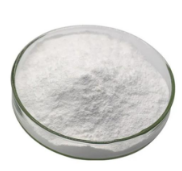
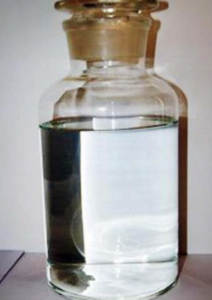
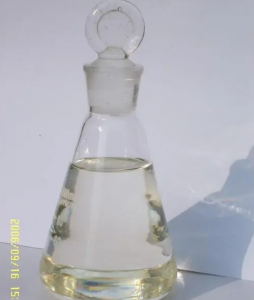
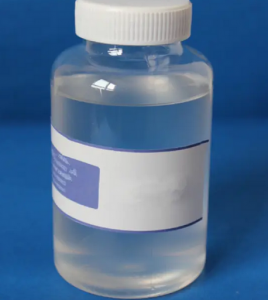
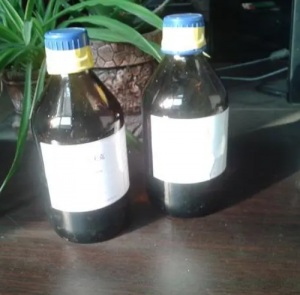
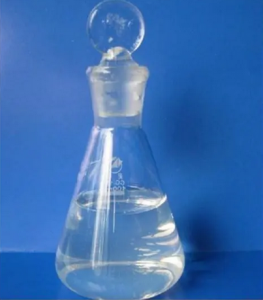

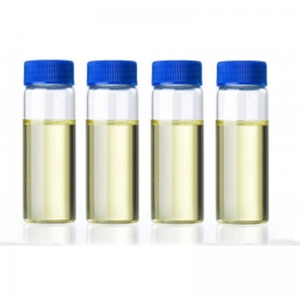
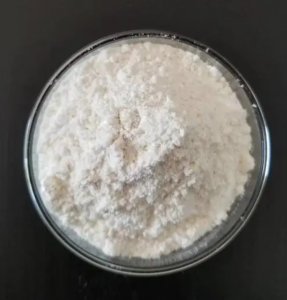
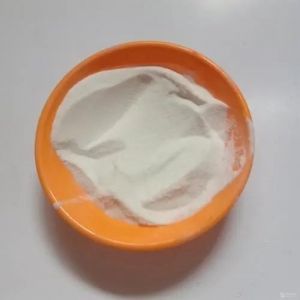
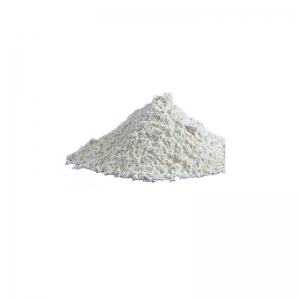
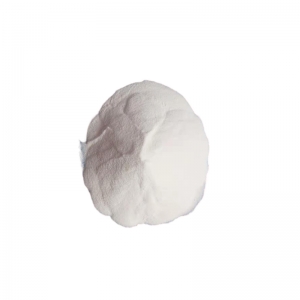
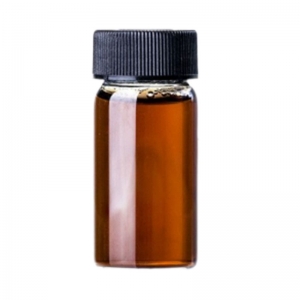
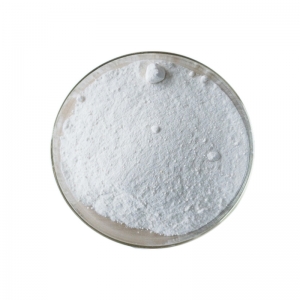
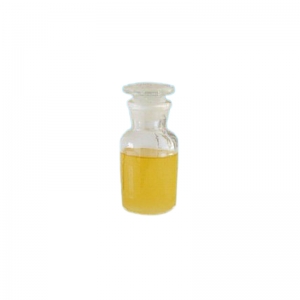
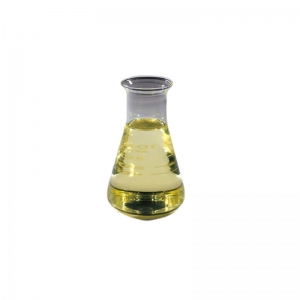
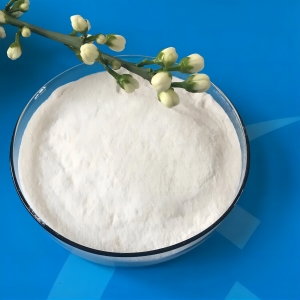
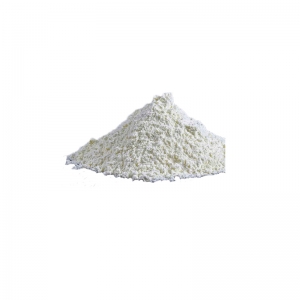

 online service
online service


